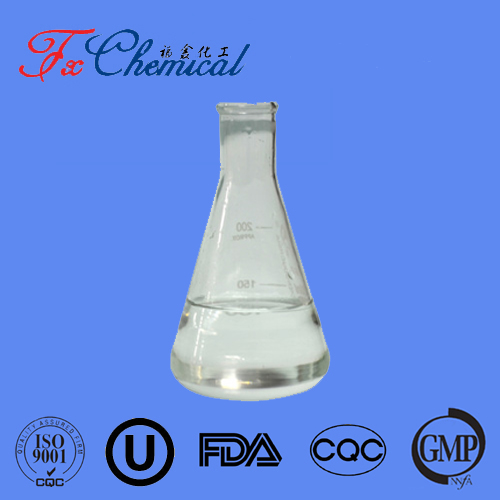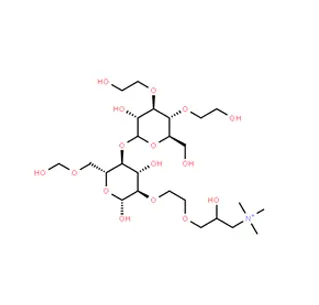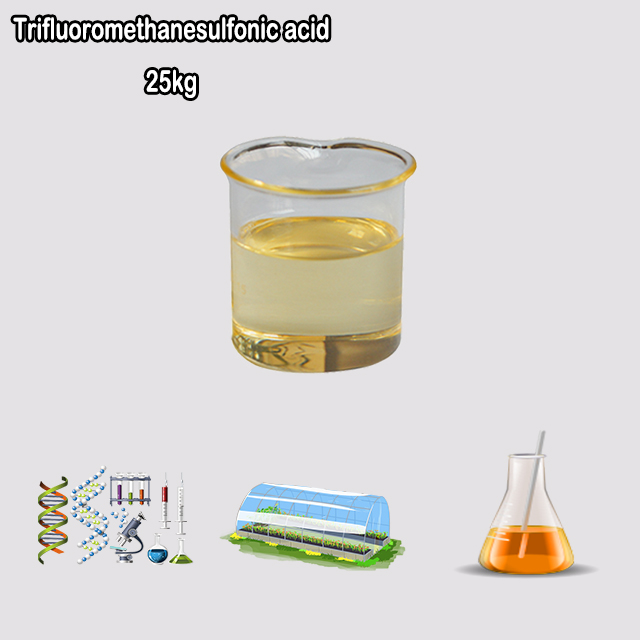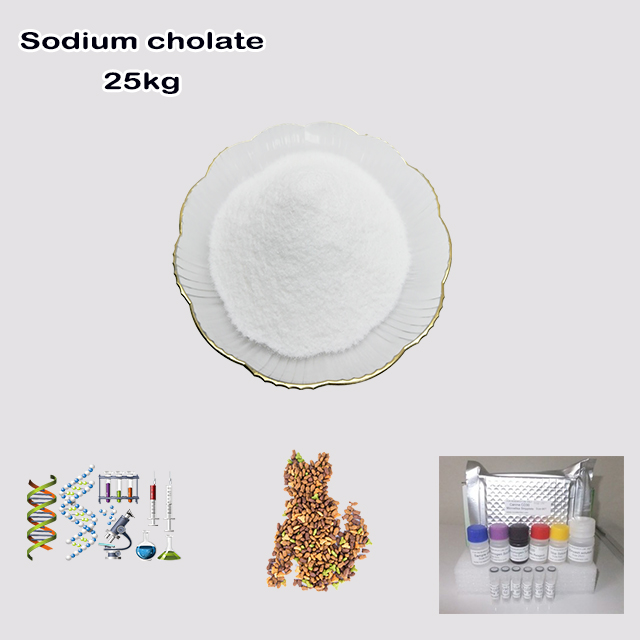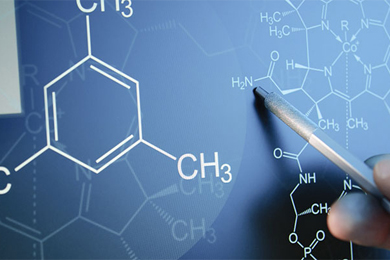
Search

Search

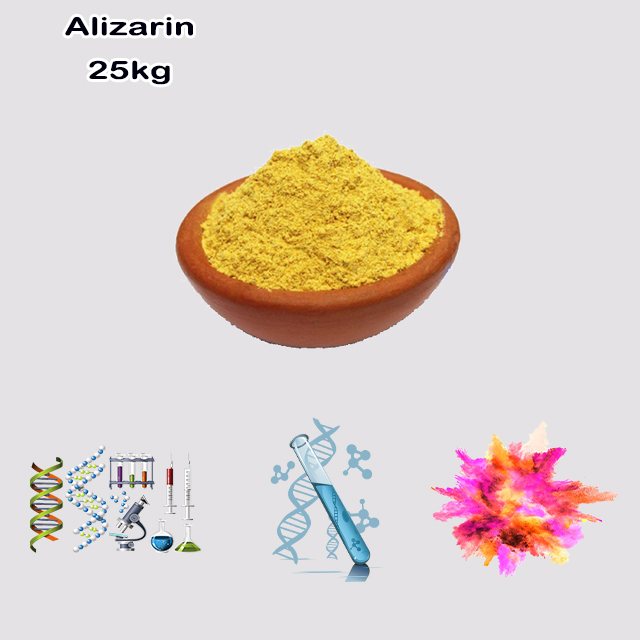
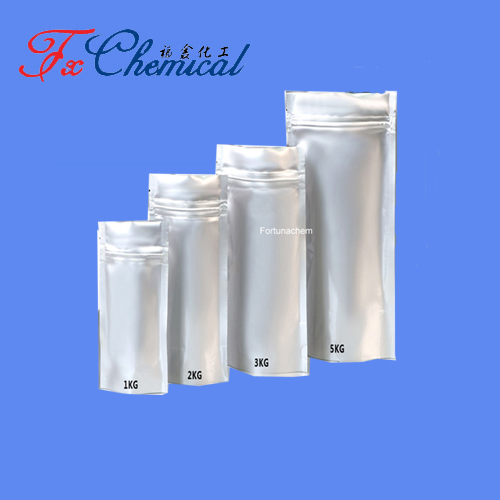
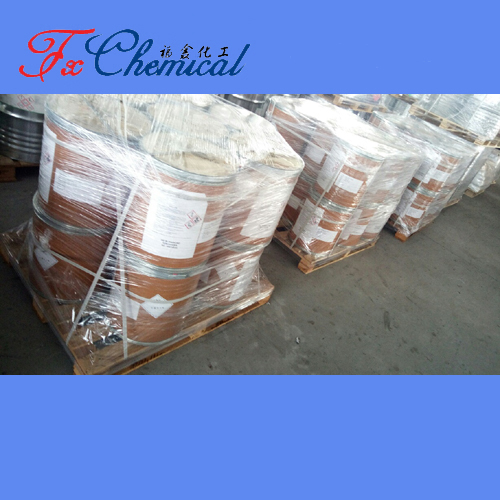
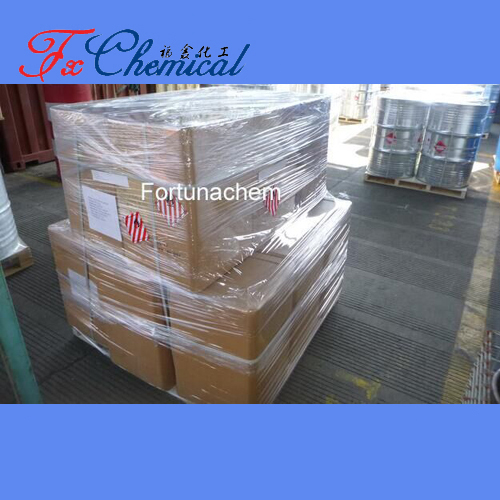
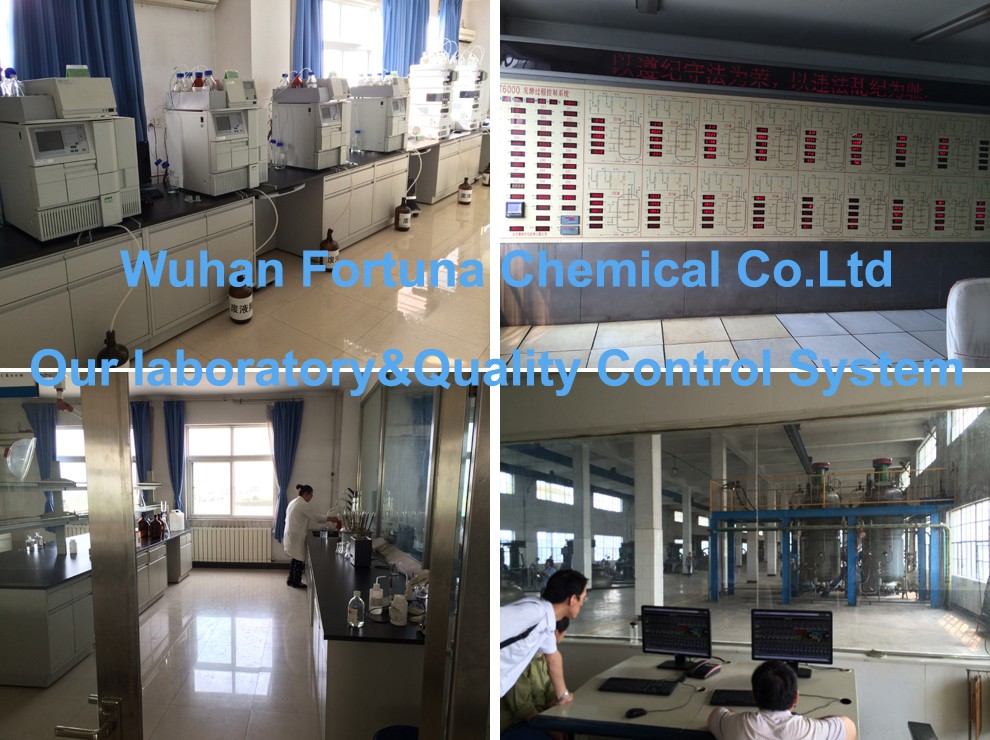





Alizarin (1,2-dihydroxyanthraquinone) is a classic red dye derived historically from madder root (Rubia tinctorum), now made synthetically.
Formula: C₁₄H₈O₄
Structure: An anthraquinone with two adjacent hydroxyl groups (-OH) at positions 1 and 2.
Key Properties: Orange-red crystals, insoluble in water, soluble in alkalis/organic solvents.
Primary Use: A mordant dye – it forms insoluble red complexes ("lakes") with metal ions like aluminum (Al³⁺, yielding "Turkey red") or calcium, used to dye fabrics.
Modern Applications:
Alizarin Red S (sulfonated derivative) stains calcium in biology.
pH indicator (yellow ⇄ red ⇄ violet).
Artists' pigment (Alizarin Crimson).
Significance: First natural dye synthesized industrially (1869).
CAS: 72-48-0.
Alizarin (1,2-dihydroxyanthraquinone) is a naturally occurring red anthraquinone dye derived historically from the roots of the madder plant (Rubia tinctorum), now produced synthetically. Here's a detailed chemical breakdown:
Chemical Formula: C₁₄H₈O₄
IUPAC Name: 1,2-Dihydroxy-9,10-anthraquinone
Structure: It consists of a planar, conjugated anthraquinone core (three fused 6-membered rings) with hydroxyl (-OH) groups attached to positions 1 and 2 (adjacent/ortho positions) on the central ring.
Simplified: O=C₁C₂=C(C=CC₃=C₂C(=O)C₄=C(C=CC=C₄)C₃=O)O
Key Properties:
Appears as orange-red crystals or powder.
Insoluble in cold water, sparingly soluble in boiling water, soluble in alkalis, ethanol, ether, and organic solvents.
Its intense red color arises from its extended conjugated π-electron system.
Function as a Dye (Mordant Dye):
Alizarin itself is not a direct dye. It forms insoluble, colored complexes (lakes) when chelated with metal ions (mordants) like Al³⁺ (alum), Ca²⁺, or Sn²⁺.
The ortho-dihydroxy groups on the anthraquinone core are essential for chelating metal ions. The specific metal determines the final shade (e.g., Al³⁺ gives bright red "Turkey red", Sn²⁺ gives pink, Fe³⁺ gives violet/brown).
Historical & Modern Significance:
One of the oldest known natural dyes, used for millennia.
The first natural dye to be synthetically produced industrially (Carl Graebe & Carl Liebermann, 1869), revolutionizing the dye industry and leading to the decline of madder cultivation.
Modern Uses:
Histological stain: Used to stain calcium deposits in tissues (e.g., Alizarin Red S, the sulfonated derivative).
Indicator: Acts as a pH indicator (yellow below pH 5.5, red above pH 6.8, violet above pH 12).
Pigment: In artists' pigments (e.g., Alizarin Crimson).
Teaching: A classic example of mordant dye chemistry.
CAS Number: 72-48-0
Toxicity: Low acute toxicity, but can be a skin/eye irritant. Suspected of causing genetic defects (EU H351).
In short: Alizarin (C₁₄H₈O₄) is a pivotal ortho-dihydroxy anthraquinone compound, famed as a natural red mordant dye requiring metal ions (like Al³⁺) to form its characteristic insoluble red lakes on fabrics. Its synthesis in 1869 marked a milestone in industrial chemistry. Today, its derivatives are primarily used as biological stains and pH indicators.
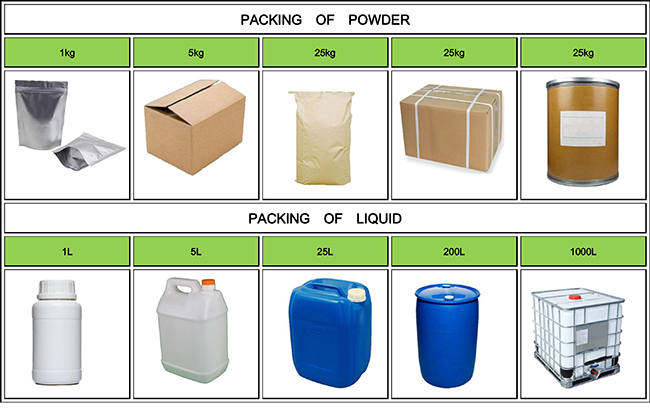
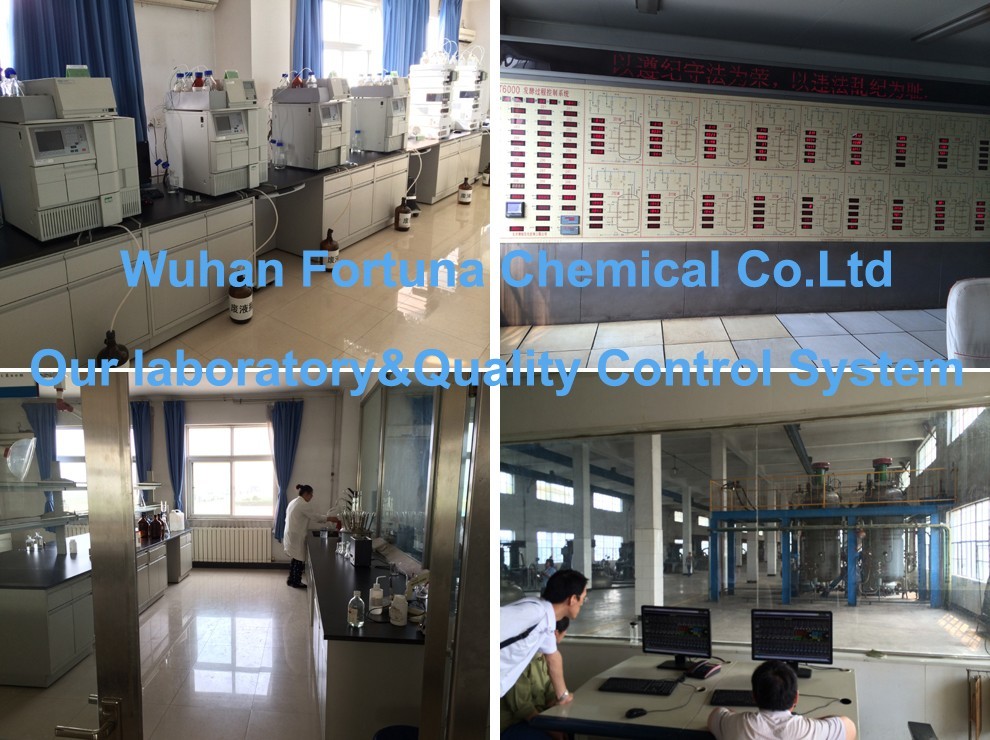


Fortunachem Provides Not Only Professional Chemical Products But Also Professional Help
Keeping you up-to-date with all the latest information, news, and events about Fortunachem!

Quick Links
Add:
E-mail:
 English
English  Español
Español  français
français  العربية
العربية 